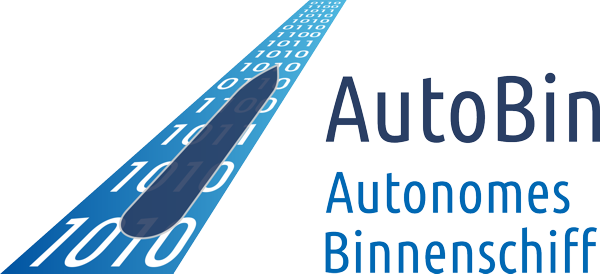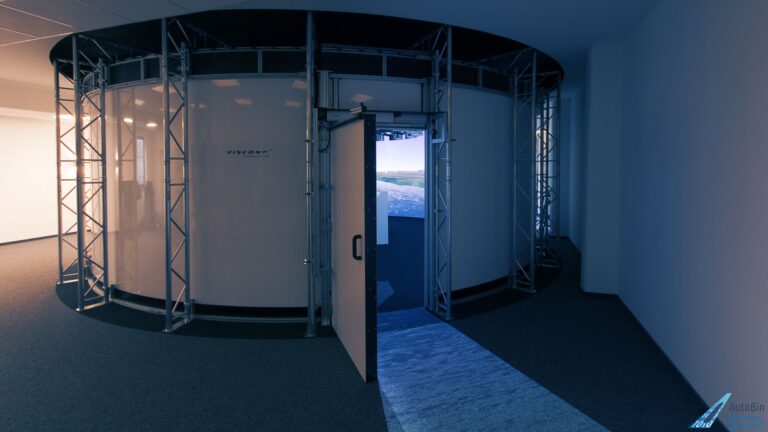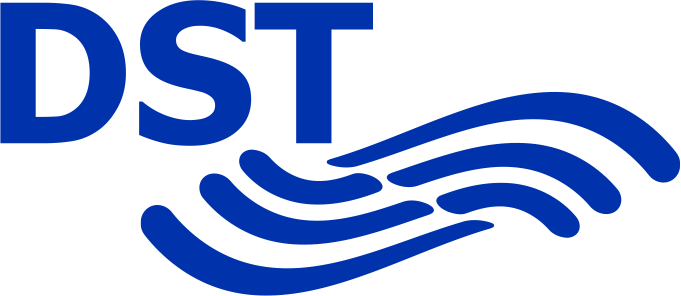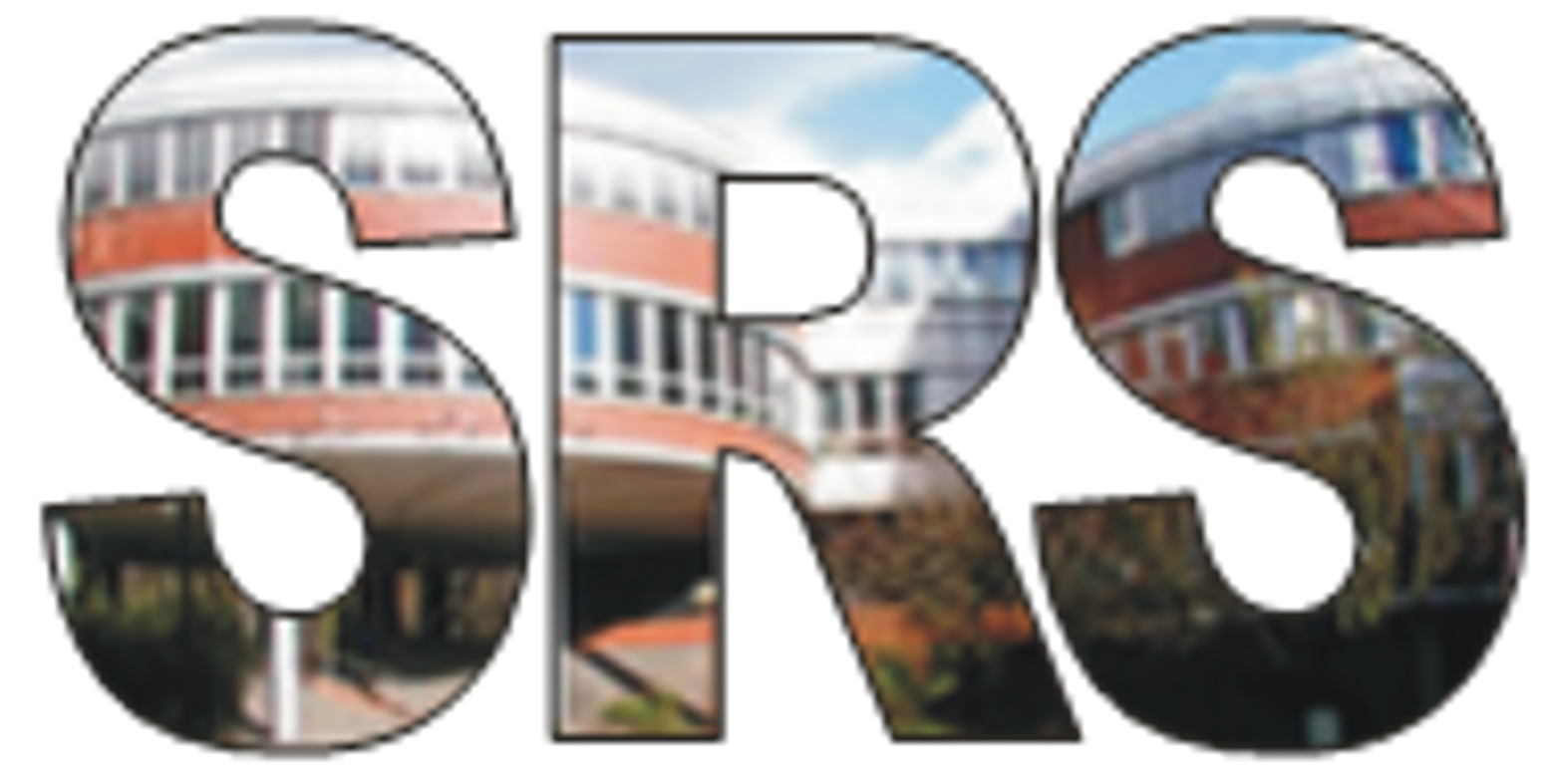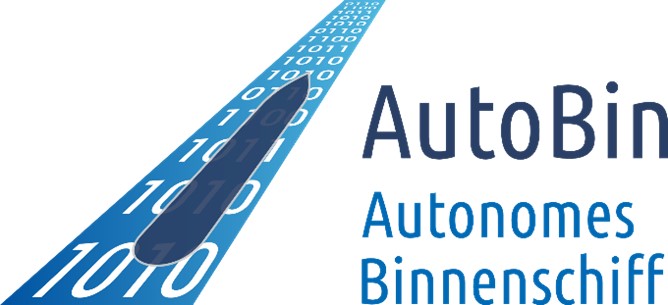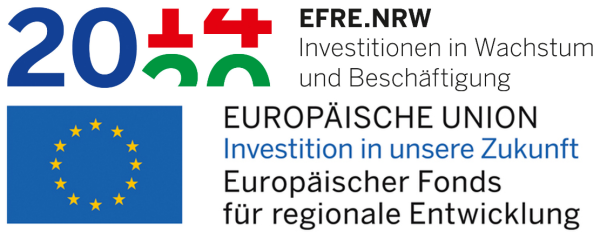2.2 Actuator
The Niedersachsen 22 has the usual propulsion and maneuvering elements used in inland navigation; the main engine, the rudder and the bow thruster. For the Autobin project, these will be addressed via modern interfaces and bus systems such as controller area network (CAN bus) or programmable logic controller (PLC) and connected to a 10 Gigabit Ethernet network using suitable converters. Even before the artificial intelligence developed in WP 1.2 takes control of the ship, the actuator data is recorded, so that the automatic and human control can be compared later and situations can be identified in which the artificial intelligence still needs to be improved or retrained.
A switch will be installed on the bridge to allow the ship’s commanders to switch between automatic and manual control. If automatic steering is active, the artificial intelligence is to steer the ship based on the sensor data from AP 2.1. To do this, it provides the setpoints for propeller rotation rate and direction, rudder angle, and bow thruster rotation rate and direction. The artificial intelligence also operates other control functions, such as raising and lowering the bridge, setting the blue board and controlling the searchlights. For scheduled switching to manual operation, the setpoints are also transferred to the bridge’s control panels to enable a smooth transition. In emergency or safety-critical situations, the ship’s commanders can activate an additionally installed emergency switch to immediately regain control of the ship. In this case, the automaton is galvanically isolated from the system to prevent any last control commands from being executed or signals from blocking the bus systems.
